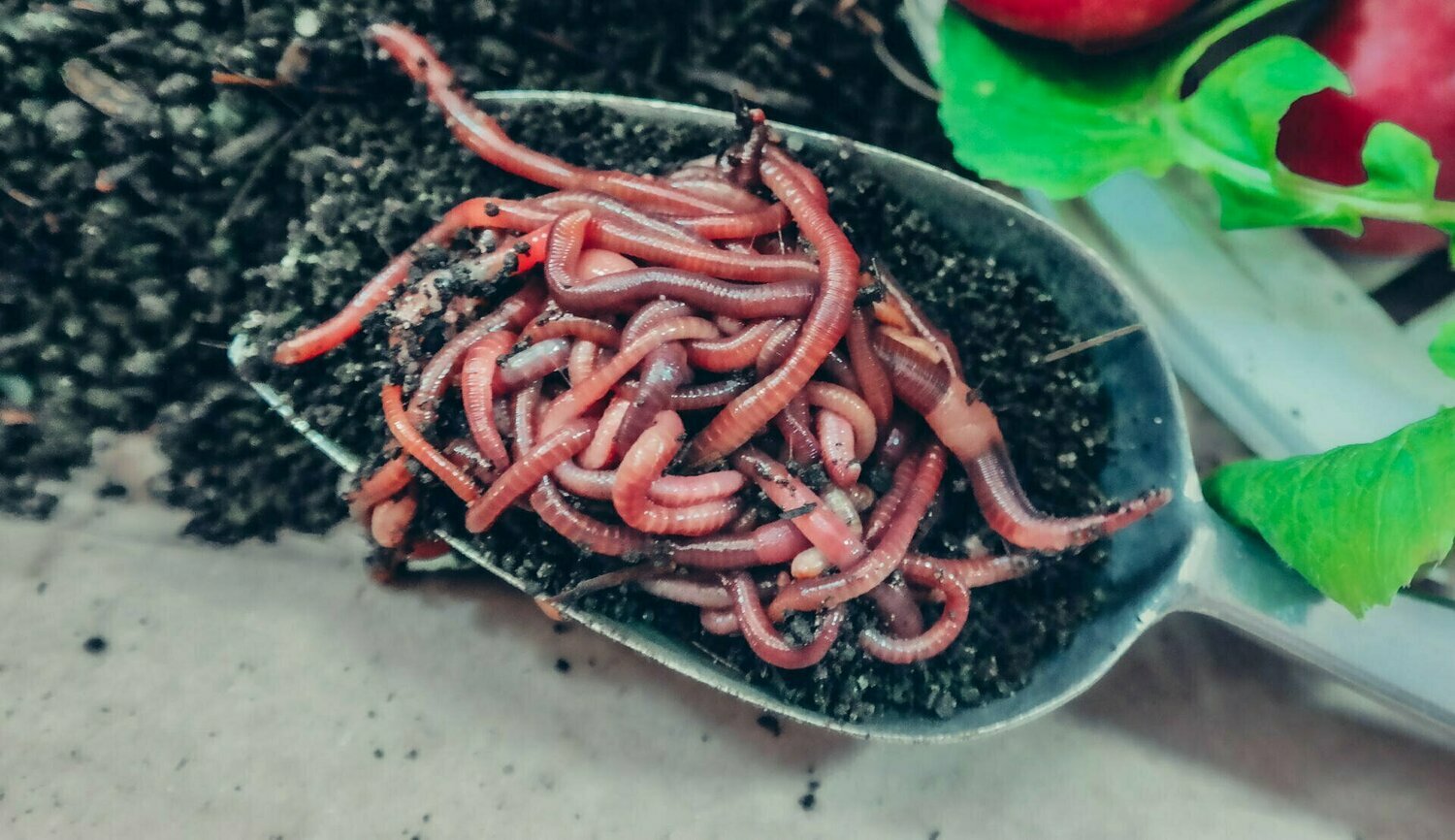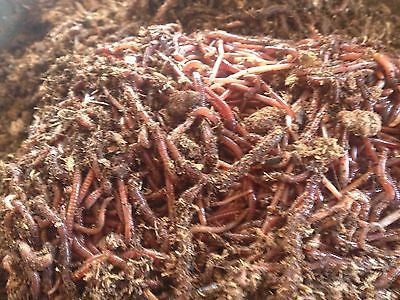Organic Composting with Red Wiggler Worms - Increase Your Garden's Growth
Organic Composting with Red Wiggler Worms - Increase Your Garden's Growth
Blog Article
Making Best Use Of the Perks of Red Wiggler Worms: A Comprehensive Manual for Home Gardeners and Urban Farmers
In the realm of sustainable gardening practices, red wiggler worms stand as unrecognized heroes, silently transforming natural waste right into nutrient-rich spreadings that can function wonders for dirt health. As home garden enthusiasts and urban farmers significantly seek eco-friendly and affordable means to enhance their gardens, the prospective benefits of harnessing the power of red wigglers can not be overstated. From minimizing cooking area waste to growing healthier plants, the application of these simple animals provides a wide variety of benefits. By discovering the complexities of just how to successfully care for and make best use of the advantages of red wiggler worms, individuals can open a wide range of chances for enhancing the sustainability and efficiency of their gardening endeavors.
Recognizing Red Wiggler Worms
Red Wiggler worms, renowned for their efficient composting abilities, are a varieties of earthworms extensively utilized in vermiculture practices. These worms, clinically known as Eisenia fetida, thrive in decaying natural product, making them ideal prospects for composting.
One trick quality of Red Wiggler worms is their reproductive price. These hermaphroditic creatures possess both female and male reproductive body organs, permitting them to reproduce quickly under positive problems. A fully grown Red Wiggler can produce multiple spawn in a brief duration, ensuring a constant populace within a composting system.

Establishing a Worm Container
When developing a worm container for vermiculture functions, proper preparation and focus to information are important for creating a helpful atmosphere for Red Wiggler worms. Begin by picking an appropriate container for your worm bin.

Area the worm container in a cool, dark place away from direct sunlight and severe temperature levels. On a regular basis keep an eye on the dampness degrees, including water if the bed linens really feels half-cracked or completely dry. Feed the worms a well balanced diet regimen of vegetables and fruit scraps, preventing citrus fruits, onions, and spicy foods. By complying with these actions, you can establish up a growing worm bin that will successfully refine organic waste right into nutrient-rich vermicompost for your yard.
Feeding and Preserving Worms
Making certain a balanced and healthy diet plan is vital for the health and efficiency of Red Wiggler worms in a vermiculture system. Red Wigglers are ravenous eaters, capable of eating their very own body weight in natural matter daily. To keep a growing worm population, it is vital to provide them with a variety of food scraps such as vegetables and fruit peels, coffee premises, tea bags, and smashed eggshells. It is vital to stay clear of feeding them citrus fruits, onions, garlic, dairy products, meat, and oily foods as these can be damaging to the worms or cause undesirable smells in the container.
Proper dampness degrees are likewise crucial for the well-being of Red Wiggler worms. By faithfully monitoring their diet, dampness, and environmental problems, home garden enthusiasts and metropolitan farmers can sustain a effective and healthy and balanced Red Wiggler worm population for composting objectives.
Collecting Worm Castings
To successfully draw out nutrient-rich worm castings from the vermicompost, an organized harvesting process is crucial for optimizing the composting benefits. Red Wiggler Worms. The primary step in harvesting worm spreadings is to encourage the worms to move to one side of the container. This can be achieved by positioning fresh food scraps on one side and leaving the opposite side undisturbed for a few days. Once the bulk of worms have relocated to the side visit the site with fresh food, link the spreadings can be collected from the contrary side.
After the spreadings have been gathered, it is necessary to separate any type of continuing to be worms from the castings to prevent damaging them throughout storage or application. One efficient technique is to develop cone-shaped stacks of spreadings under intense light. Worms will intuitively move away from the light, enabling very easy separation and removal.
Finally, the collected worm castings ought to be saved in an awesome, dark, and dry area to keep their quality and effectiveness as a nutrient-rich dirt amendment. By following these steps, home garden enthusiasts and city farmers can take full advantage of the advantages of red wiggler worms in their vermicomposting systems.
Making Use Of Worm Castings in Gardening
The consolidation of nutrient-rich worm spreadings into yard soil can substantially boost plant development and overall soil health and wellness. Worm spreadings, additionally called vermicast, are a natural plant food produced by red wiggler worms as they break down raw material. These castings are rich in vital nutrients like nitrogen, phosphorus, potassium, and valuable microorganisms that advertise plant development and boost dirt framework.
When making use of worm castings in gardening, it is necessary to blend them extensively into the soil or use them as a leading dressing around plants. The slow-release nature of worm spreadings makes certain a stable supply of nutrients to plants in time, minimizing the danger of nutrient leaching and advertising lasting dirt fertility. In addition, worm spreadings aid boost dirt aeration, water retention, and microbial activity, producing a healthy and balanced setting for plant roots to grow.

Final Thought
To conclude, the use of red wiggler worms he has a good point in home gardening and metropolitan farming can significantly benefit dirt wellness and plant growth. By recognizing how to establish up and maintain a worm container, feed the worms properly, and gather their nutrient-rich castings, garden enthusiasts can make best use of the benefits of these earthworms. Including worm castings right into gardening methods can boost soil fertility and total plant productivity. On the whole, red wiggler worms use a sustainable and reliable service for enhancing yard and ranch yields.
In the realm of lasting horticulture methods, red wiggler worms stand as unhonored heroes, quietly transforming organic waste into nutrient-rich castings that can work marvels for dirt wellness.When developing a worm bin for vermiculture functions, proper preparation and focus to information are essential for creating a conducive setting for Red Wiggler worms. The initial step in gathering worm castings is to motivate the worms to migrate to one side of the bin. Worm castings, also known as vermicast, are a natural fertilizer produced by red wiggler worms as they break down organic matter. By comprehending exactly how to establish up and keep a worm bin, feed the worms correctly, and gather their nutrient-rich castings, garden enthusiasts can take full advantage of the benefits of these earthworms.
Report this page